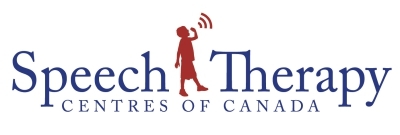Augmentative and Alternative Communication (AAC) has revolutionized the way in which people with communication disorders interact with the world. AAC requires specific programming and development by a speech-language pathologist. An AAC program supports face-to-face communication for clients of all ages who are non-speaking or are speaking but difficult to understand.
AAC can involve the use of a variety of tools and techniques including the following low-tech and high-tech options. These include:
Low-tech/light-tech:
- communication book.
- Communication boards
- Letter boards
- Speech-generating devices
High-tech options on computer, tablet or smartphone:
- Communication apps, including AAC software that has symbol/language representation.
- Text-to-speech features
- Writing/ drawing using a tablet.
- Speech-generating devices
The S-LP is involved in the assessment to determine the best AAC tools and strategies that will optimize face-to-face communication. All assessments are individualized and include a variety of layouts and core vocabulary to support ongoing language and communication.
As part of any AAC program, client training is essential to familiarize them with the tools to help reach communication goals often established by the family and clinical team. Sometimes, clients who already have a tool may require further support in its use for language and communication development across environments and partners.
An S-LP may work with an individual and their family to create a communication board that includes pictures and symbols of the words, phrases, and sentences that the individual uses most frequently.
The S-LP will then provide training to help the individual learn to use the communication board to communicate. In cases where there is no direct access e.g., a physical difficulty, then an OT and /or physiotherapist will need to be involved too. There are many aspects to consider when assessing and treating an individual with AAC needs e.g., school, home, work, and community. The SLP plays an important role in training communication partners to use the AAC option selected.
AAC is an important and essential part of speech-langue pathology care. By working with the client and team the SLP can create a personalized AAC system that meets the unique needs and preferences and can help the person communicate more effectively in a variety of settings and situations.
It is essential that all clients with a communication disorder can have the opportunity to express their wants, needs, ideas, and opinions.
The Speech Therapy Centres of Canada is a team of dedicated speech-language pathologists (commonly known as S-LPs or speech therapists) and speech-language pathology assistants (S-LPAs) who provide assessment and therapy services to children and adults with communication disorders. Our S-LPS, S-LPAs and support staff are truly committed to providing the highest quality of service to our clients and their families. We understand that navigating the world of speech therapy may be daunting so our client services team is prepared to help you every step of the way.

